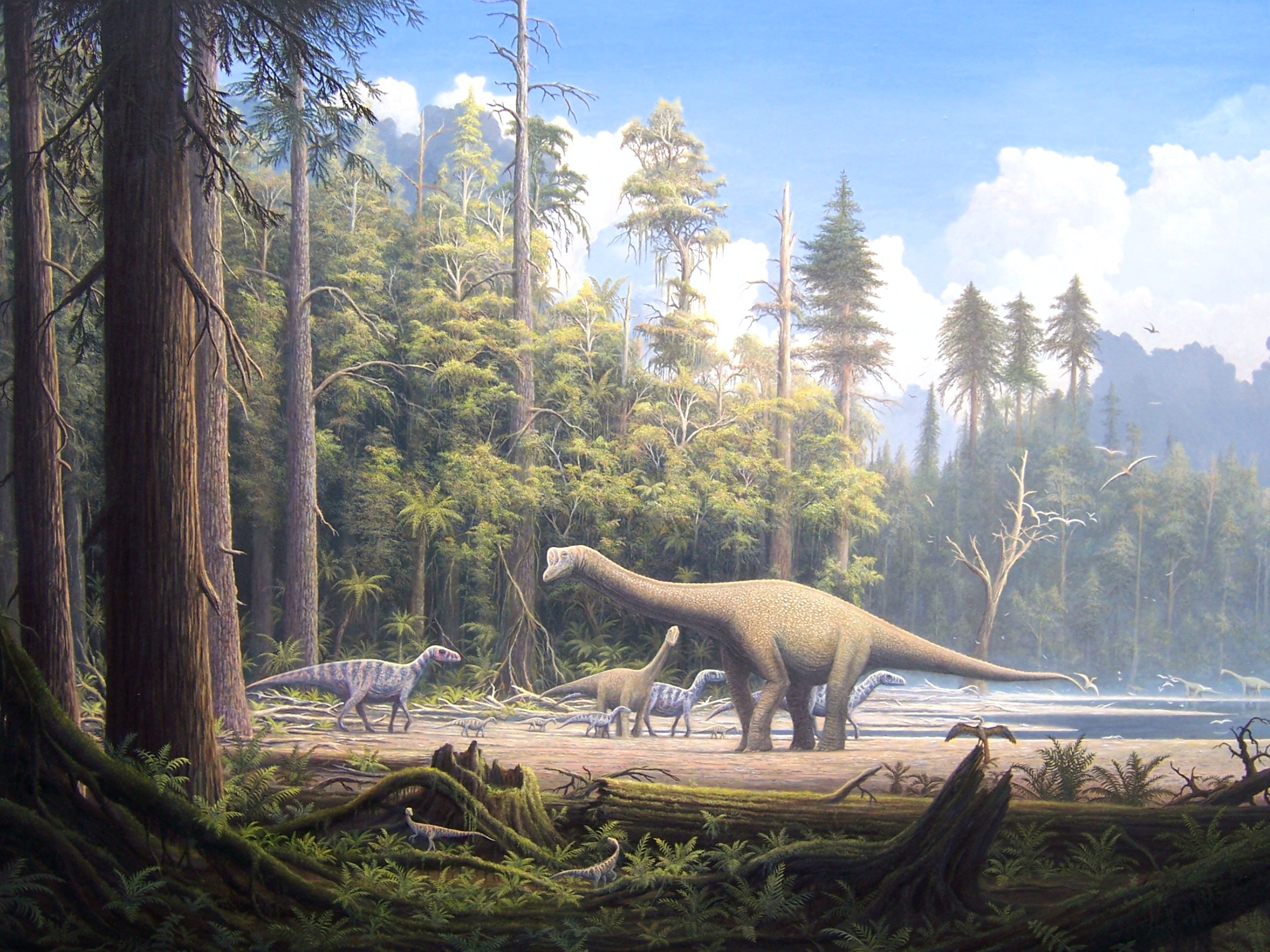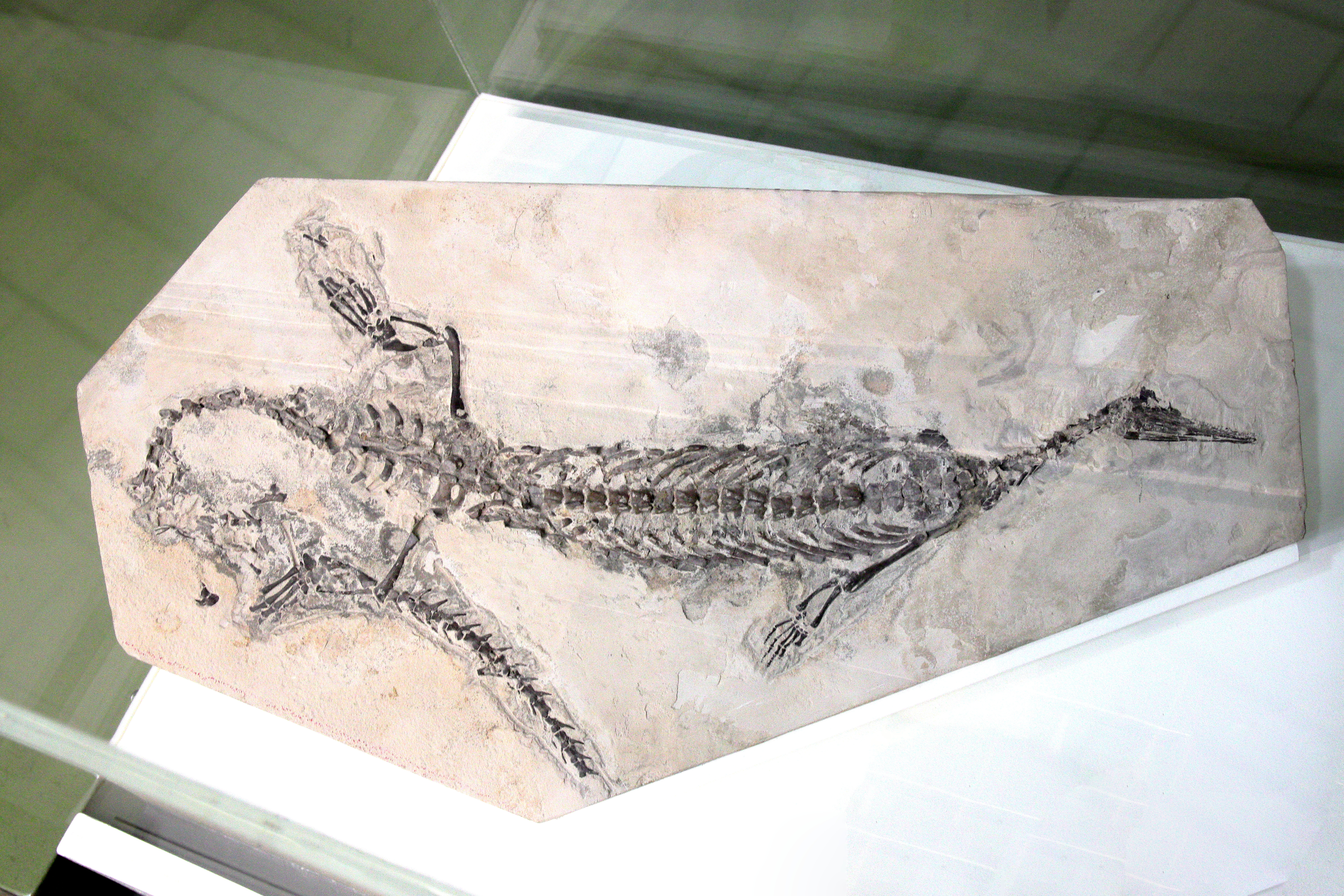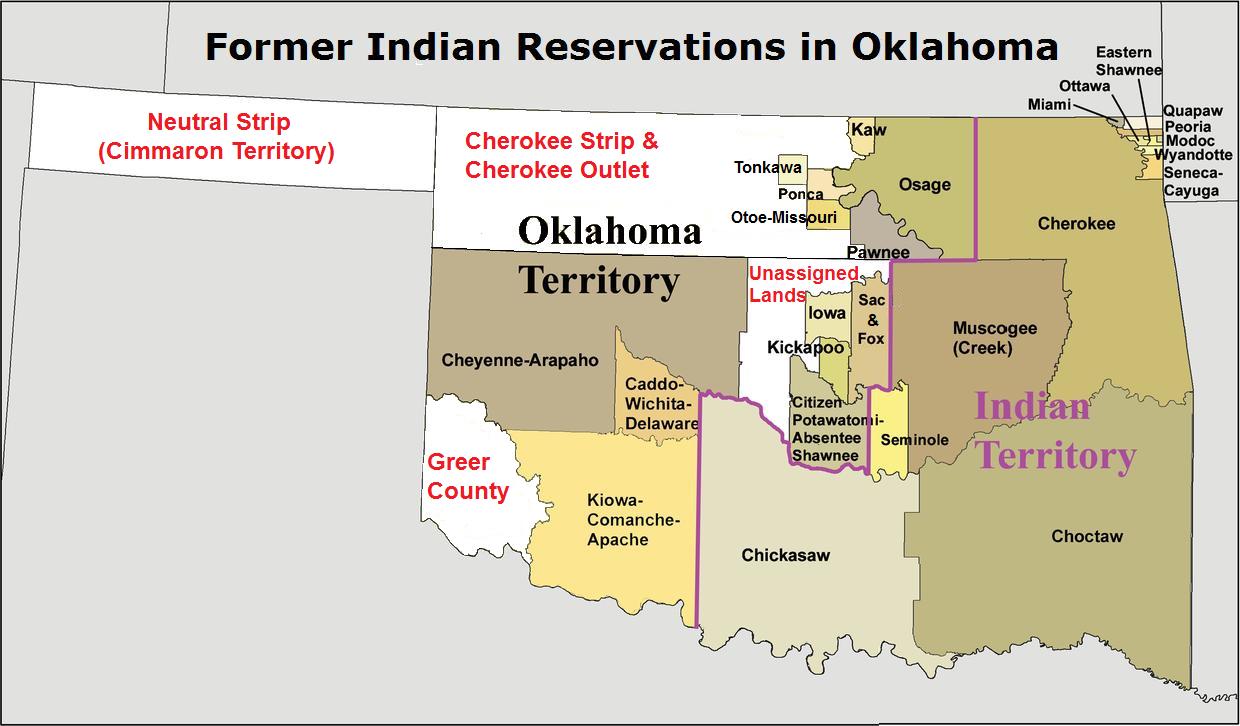|
Araeoscelidia
Araeoscelidia or Araeoscelida is a clade of extinct tetrapods (traditionally classified as diapsid reptiles) superficially resembling lizards, extending from the Late Carboniferous to the Early Permian. The group contains the genera '' Araeoscelis'', ''Petrolacosaurus'', the possibly aquatic '' Spinoaequalis'', and less well-known genera such as ''Kadaliosaurus'' and '' Zarcasaurus''. This clade is usually considered to be the sister group to all (currently known) later diapsids. Description Araeoscelidians were small animals (less than one meter in length) looking somewhat like lizards, though they are only distantly related to true lizards. They differ from other, earlier sauropsids by their slender limbs, their elongated tail, and of course by the presence of two temporal openings, the feature defining the diapsid condition. In '' Araeoscelis'', only the upper temporal opening remains, thus resulting in a derived euryapsid condition. Genera Araeoscelidia includes well-know ... [...More Info...] [...Related Items...] OR: [Wikipedia] [Google] [Baidu] |
Halgaitosaurus
''Halgaitosaurus'' is an extinct genus of araeoscelidian reptile from the late Pennsylvanian (geology), Pennsylvanian of Utah. It contains a single species, ''Halgaitosaurus gregarius'', which is known from the "Virgilian series, Virgilian" (Gzhelian)-age Halgaito Formation in Bears Ears National Monument. The fossils of ''Halgaitosaurus'' include a number of partial skeletons and isolated bones discovered in blocks of siltstone collected from the Birthday Quarry, a multi-taxon Bone bed, bonebed in Valley of the Gods. ''Halgaitosaurus'' makes up about 55% of the fossil material in the 20 blocks recovered from the site. Its fossils show a wide range of body sizes, and their preservation in close company may indicate that it was a gregarious animal, hence the species name. ''Halgaitosaurus'' shows many features in common with araeoscelidians. The Cervical vertebrae, cervical (neck) vertebrae are elongated, and all vertebrae in front of the hip have a midline keel on the underside. Mo ... [...More Info...] [...Related Items...] OR: [Wikipedia] [Google] [Baidu] |
Diapsid
Diapsids ("two arches") are a clade of sauropsids, distinguished from more primitive eureptiles by the presence of two holes, known as temporal fenestrae, in each side of their skulls. The earliest traditionally identified diapsids, the araeoscelidians, appeared about three hundred million years ago during the late Carboniferous period. All diapsids other than the most primitive ones in the clade Araeoscelidia are often placed into the clade Neodiapsida. The diapsids are extremely diverse, and include birds and all modern reptile groups, including turtles, which were historically thought to lie outside the group. All modern reptiles and birds are placed within the neodiapsid subclade Sauria. Although some diapsids have lost either one hole (lizards), or both holes (snakes and turtles), or have a heavily restructured skull (modern birds), they are still classified as diapsids based on their ancestry. At least 17,084 species of diapsid animals are extant: 9,159 birds, and 7,925 s ... [...More Info...] [...Related Items...] OR: [Wikipedia] [Google] [Baidu] |
Araeoscelis
''Araeoscelis'' (from , 'thin' and , 'ribs of beef') is an extinct genus of tetrapods from the Early Permian of what is now Texas. Fossils have been found in the Nocona, Arroyo and Waggoner Ranch Formations. Two species have been described, ''A. casei'' and ''A. gracilis''. ''Araeoscelis'' belonged to the clade Araeoscelidia together with close relatives such as ''Petrolacosaurus''. Araeoscelidia is often considered the most basal group of diapsid reptiles, but some analyses have recovered them as stem-amniotes instead. Description ''Araeoscelis'' was around long, and superficially resembled a modern lizard. It differed from other araeoscelidians, such as ''Petrolacosaurus'', in that its teeth were larger and blunter; possibly they were used for cracking insect carapaces. Unlike ''Petrolacosaurus'', which possessed the two pairs of skull openings characteristic of diapsids, in ''Araeoscelis'' the lower pair of temporal fenestrae were closed with bone, resulting in a e ... [...More Info...] [...Related Items...] OR: [Wikipedia] [Google] [Baidu] |
Sauropsida
Sauropsida (Greek language, Greek for "lizard faces") is a clade of amniotes, broadly equivalent to the Class (biology), class Reptile, Reptilia, though typically used in a broader sense to also include extinct stem-group relatives of modern reptiles and birds (which, as theropod dinosaurs, are nested within reptiles as more closely related to crocodilians than to lizards or turtles).Gauthier J.A. (1994): ''The diversification of the amniotes''. In: D.R. Prothero and R.M. Schoch (ed.) Major Features of Vertebrate Evolution: 129–159. Knoxville, Tennessee: The Paleontological Society. The most popular definition states that Sauropsida is the Sister group, sibling taxon to Synapsida, the other clade of amniotes which includes mammals as its only modern representatives. Although early synapsids have historically been referred to as "mammal-like reptiles", all synapsids are more closely related to mammals than to any modern reptile. Sauropsids, on the other hand, include all amniotes m ... [...More Info...] [...Related Items...] OR: [Wikipedia] [Google] [Baidu] |
Zarcasaurus
''Zarcasaurus tanyderus'' is a species of araeoscelidian tetrapods found in the Cutler Formation (Early Permian) of New Mexico. The only elements of the skeleton known from this animal is a partial jaw bone, vertebra Each vertebra (: vertebrae) is an irregular bone with a complex structure composed of bone and some hyaline cartilage, that make up the vertebral column or spine, of vertebrates. The proportions of the vertebrae differ according to their spina ...e, and broken limb bones. References Araeoscelidia Cisuralian tetrapods of North America Paleontology in New Mexico Fossil taxa described in 1984 {{Paleo-reptile-stub ... [...More Info...] [...Related Items...] OR: [Wikipedia] [Google] [Baidu] |
Sauropsid
Sauropsida ( Greek for "lizard faces") is a clade of amniotes, broadly equivalent to the class Reptilia, though typically used in a broader sense to also include extinct stem-group relatives of modern reptiles and birds (which, as theropod dinosaurs, are nested within reptiles as more closely related to crocodilians than to lizards or turtles).Gauthier J.A. (1994): ''The diversification of the amniotes''. In: D.R. Prothero and R.M. Schoch (ed.) Major Features of Vertebrate Evolution: 129–159. Knoxville, Tennessee: The Paleontological Society. The most popular definition states that Sauropsida is the sibling taxon to Synapsida, the other clade of amniotes which includes mammals as its only modern representatives. Although early synapsids have historically been referred to as "mammal-like reptiles", all synapsids are more closely related to mammals than to any modern reptile. Sauropsids, on the other hand, include all amniotes more closely related to modern reptiles than to mam ... [...More Info...] [...Related Items...] OR: [Wikipedia] [Google] [Baidu] |
Euryapsid
__NOTOC__ Euryapsida is a polyphyletic (unnatural, as the various members are not closely related) group of sauropsids that are distinguished by a single temporal fenestra, an opening behind the orbit, under which the post-orbital and squamosal bones articulate. They are different from Synapsida, which also have a single opening behind the orbit, by the placement of the fenestra. In synapsids, this opening is below the articulation of the post-orbital and squamosal bones. It is now commonly believed that euryapsids (particularly sauropterygians) are in fact diapsids (which have two fenestrae behind the orbit) that lost the lower temporal fenestra. Euryapsids are usually considered entirely extinct, although turtles might be part of the sauropterygian clade while other authors disagree. Euryapsida may also be a synonym of Sauropterygia ''sensu lato''. The ichthyosaurian skull is sometimes described as having a ''metapsid'' (or ''parapsid'') condition instead of a truly euryapsid one. ... [...More Info...] [...Related Items...] OR: [Wikipedia] [Google] [Baidu] |
Protorosaurus
''Protorosaurus'' (from , 'earlier' and , 'lizard') is an extinct genus of reptile. Members of the genus lived during the late Permian period in what is now Germany and Great Britain. Once believed to have been an ancestor to lizards, ''Protorosaurus'' is now known to be one of the oldest and most primitive members of Archosauromorpha, the group that would eventually lead to archosaurs such as crocodilians and dinosaurs. Description ''Protorosaurus'' grew up to in length, and was a slender, lizard-like animal, vaguely resembling a monitor lizard, with long legs and a long neck. History ''Protorosaurus'' was one of the first fossil reptiles to be described, being initially described in Latin in 1710 by from a specimen found in Thuringia in Germany, who considered the animal to be a crocodile, and most similar to the Nile crocodile (''C. niloticus''). Over a century later, in publications in 1830 and 1832 Christian Erich Hermann von Meyer, Hermann von Meyer recognised ''Pr ... [...More Info...] [...Related Items...] OR: [Wikipedia] [Google] [Baidu] |
Mesosaur
Mesosaurs ("middle lizards") were a group of small aquatic reptiles that lived during the early Permian period ( Cisuralian), roughly 299 to 270 million years ago. Mesosaurs were the first known aquatic reptiles, having apparently returned to an aquatic lifestyle from more terrestrial ancestors. It is uncertain which and how many terrestrial traits these ancestors displayed; recent research cannot establish with confidence if the first amniotes were fully terrestrial, or only amphibious. Most authors consider mesosaurs to have been aquatic, although adult animals may have been amphibious, rather than completely aquatic, as indicated by their moderate skeletal adaptations to a semiaquatic lifestyle.Pablo Nuñez Demarco et al. Was Mesosaurus a Fully Aquatic Reptile? Front. Ecol. Evol, published online July 27, 2018; doi: 10.3389/fevo.2018.00109 Similarly, their affinities are uncertain; they may have been among the most basal sauropsids or among the most basal parareptiles (in ... [...More Info...] [...Related Items...] OR: [Wikipedia] [Google] [Baidu] |
Carboniferous
The Carboniferous ( ) is a Geologic time scale, geologic period and System (stratigraphy), system of the Paleozoic era (geology), era that spans 60 million years, from the end of the Devonian Period Ma (million years ago) to the beginning of the Permian Period, Ma. It is the fifth and penultimate period of the Paleozoic era and the fifth period of the Phanerozoic eon (geology), eon. In North America, the Carboniferous is often treated as two separate geological periods, the earlier Mississippian (geology), Mississippian and the later Pennsylvanian (geology), Pennsylvanian. The name ''Carboniferous'' means "coal-bearing", from the Latin ("coal") and ("bear, carry"), and refers to the many coal beds formed globally during that time. The first of the modern "system" names, it was coined by geologists William Conybeare (geologist), William Conybeare and William Phillips (geologist), William Phillips in 1822, based on a study of the British rock succession. Carboniferous is the per ... [...More Info...] [...Related Items...] OR: [Wikipedia] [Google] [Baidu] |
Oklahoma
Oklahoma ( ; Choctaw language, Choctaw: , ) is a landlocked U.S. state, state in the South Central United States, South Central region of the United States. It borders Texas to the south and west, Kansas to the north, Missouri to the northeast, Arkansas to the east, New Mexico to the west, and Colorado to the northwest. Partially in the western extreme of the Upland South, it is the List of U.S. states and territories by area, 20th-most extensive and the List of U.S. states and territories by population, 28th-most populous of the 50 United States. Its residents are known as Oklahomans and its capital and largest city is Oklahoma City. The state's name is derived from the Choctaw language, Choctaw words , 'people' and , which translates as 'red'. Oklahoma is also known informally by its List of U.S. state and territory nicknames, nickname, "The Sooner State", in reference to the Sooners, American pioneer, American settlers who staked their claims in formerly American Indian-o ... [...More Info...] [...Related Items...] OR: [Wikipedia] [Google] [Baidu] |
Basal (phylogenetics)
In phylogenetics, basal is the direction of the ''base'' (or root) of a phylogenetic tree#Rooted tree, rooted phylogenetic tree or cladogram. The term may be more strictly applied only to nodes adjacent to the root, or more loosely applied to nodes regarded as being close to the root. Note that extant taxa that lie on branches connecting directly to the root are not more closely related to the root than any other extant taxa. While there must always be two or more equally "basal" clades sprouting from the root of every cladogram, those clades may differ widely in taxonomic rank, Phylogenetic diversity, species diversity, or both. If ''C'' is a basal clade within ''D'' that has the lowest rank of all basal clades within ''D'', ''C'' may be described as ''the'' basal taxon of that rank within ''D''. The concept of a 'key innovation' implies some degree of correlation between evolutionary innovation and cladogenesis, diversification. However, such a correlation does not make a given ca ... [...More Info...] [...Related Items...] OR: [Wikipedia] [Google] [Baidu] |







